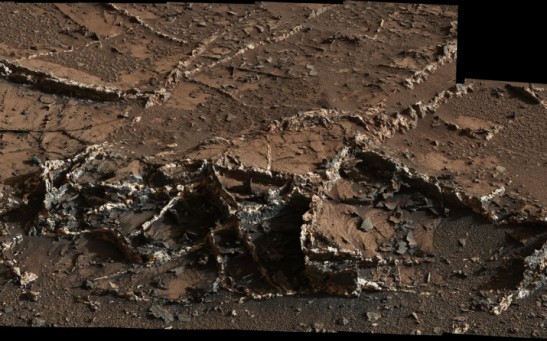Mars
NASA Aims to Put Astronauts on Mars by 2039
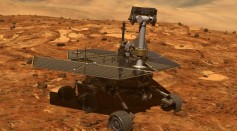
More Memory Problems for NASA's Opportunity Rover
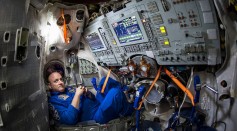
Can People Really Live Forever in Space? New NASA Study Looks to Answer that Question

Opportunity Sets Marathon Record on Mars
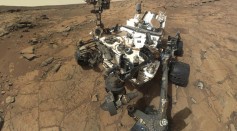
Curiosity Finds Live-Supporting Nitrogen on Mars
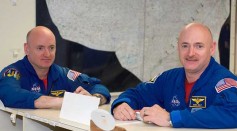
Space Twin Experiment Set to Answer NASA's Biggest Question
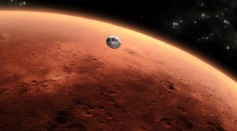
Buzz Aldrin Sends Message on Mars to NASA
Researchers Fly Kites on Earth to Study Mars
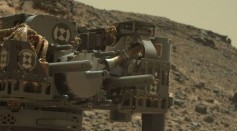
Curiosity Rover Once Again Has Arms
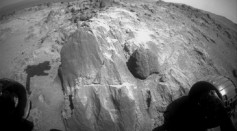
Opportunity Rover Finds Strange Rocks on Mars

Curiosity Rover Set to Begin Using Its Arm Again
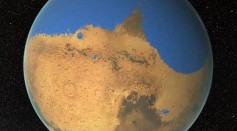
Mars Once Had More Water Than the Arctic Ocean

Short Circuit Leaves Curiosity with One Arm
Jupiter and Its Moons Set to Put on Astronomical Show
Most Popular

How Technology Is Changing the Real Estate Industry?

AI Revolution in Medical Education: Transforming How Healthcare Professionals Learn

Nikolay Karpenko Biography, Photo, Career, Accomplishments

Zombie Star Set to Light Up Night Sky: Blaze Star Could Erupt Soon

